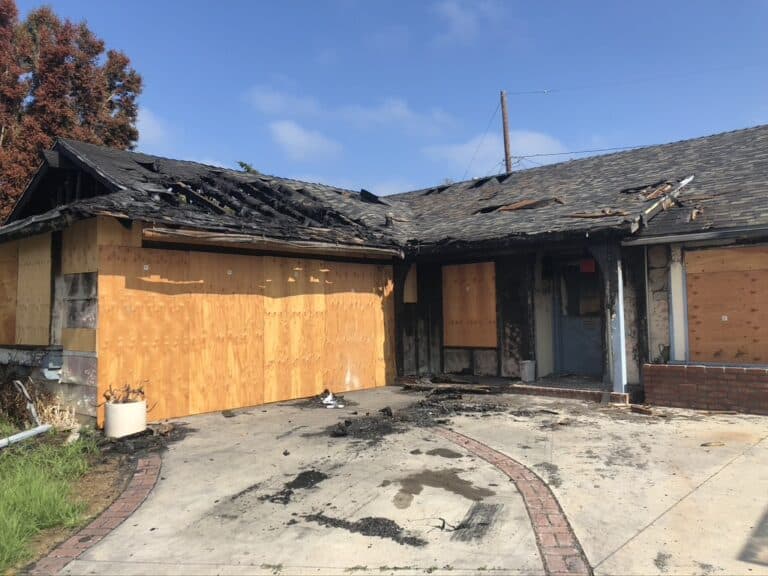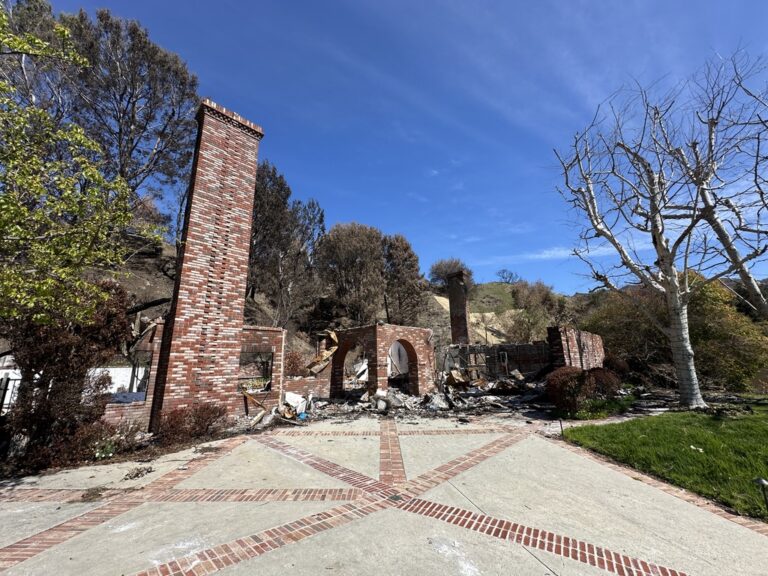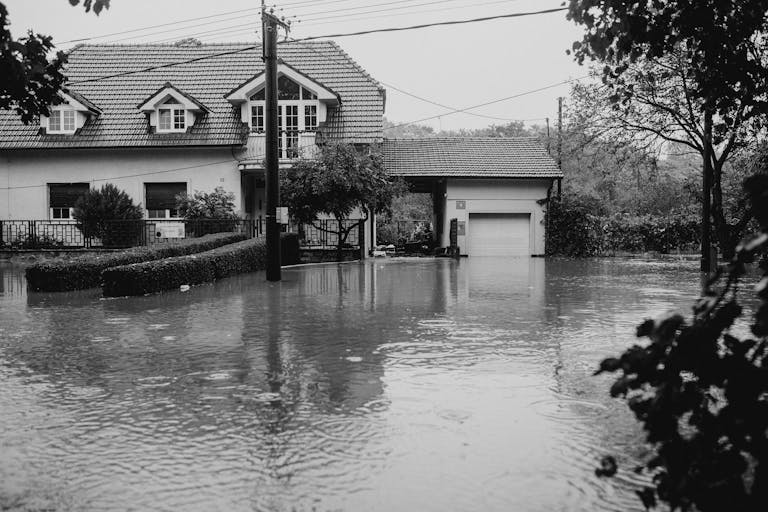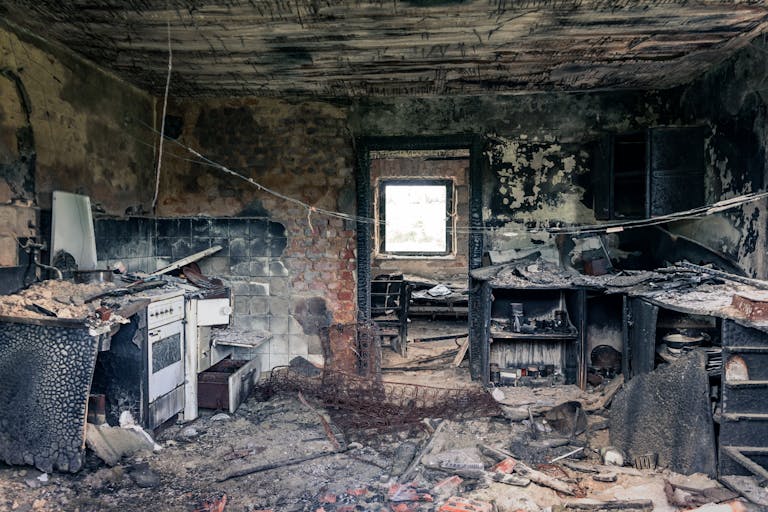California FAIR Insurance: An Insider’s Guide to Coverage and Claims
By Nikolay Zubyan, Founder of Shield Public Adjusters
After 25 years as a licensed contractor and 15 years as a public adjuster, I’ve seen firsthand how the California FAIR Plan has become a lifeline for homeowners in high-risk areas. Having personally handled dozens of FAIR Plan claims, I want to share my insights about this crucial but often misunderstood insurance option.
What Is the California FAIR Plan?
The California FAIR Plan emerged as a last-resort insurance option for property owners unable to secure standard policies due to high-risk factors – primarily wildfire exposure. Established in 1968, it provides basic fire insurance protection for properties deemed too risky by private insurers.
As someone who has represented numerous clients with FAIR Plan policies, I can tell you this isn’t government or taxpayer-funded insurance. Rather, it’s managed by the California Fair Plan Association, comprising various insurance companies responsible for its operations.
Last year, I worked with a client in the San Bernardino mountains who had been rejected by seven traditional insurers before securing a FAIR Plan policy. When wildfire damage affected their property, understanding the nuances of the FAIR Plan was crucial to getting their claim paid properly.
Why the FAIR Plan Exists: A Growing Need
Climate change has dramatically altered California’s insurance landscape. With increasingly destructive wildfires, many private insurers have simply exited high-risk markets.
I remember meeting with a family in 2021 whose insurer had dropped them after 23 years of coverage due to their proximity to a recent burn area. They were devastated and confused. The FAIR Plan became their only option for protection.
With nearly half a million policies protecting over a trillion dollars in exposure, the FAIR Plan has become an essential safety net. However, as I explain to my clients, it should be viewed as a temporary solution while exploring all available options in the market.
How FAIR Plan Coverage Actually Works
In my professional experience, many homeowners don’t fully understand what the FAIR Plan does and doesn’t cover until they have a claim. The FAIR Plan provides temporary protection against fire-related financial losses but has significant limitations.
For example, I recently assisted a client in Los Angeles County with a fire claim who was shocked to discover their FAIR Plan policy didn’t cover smoke damage to their personal belongings or additional living expenses while displaced. Had they supplemented with a Difference in Conditions (DIC) policy, these gaps would have been filled.
What’s Actually Covered: The Bare Essentials The FAIR Plan primarily covers:
● Fire damage
● Smoke damage (to structure)
● Explosion damage
Residential property owners can secure coverage up to $3 million, which sounds substantial but often falls short during reconstruction, especially with today’s building costs.
The Basic Fire Protection Package
From my experience handling dozens of claims, I’ve seen that the basic policy covers damage from fire, lightning, smoke, and internal explosions. This is crucial protection, but extremely limited compared to traditional homeowners insurance.
I once worked with a client whose kitchen caught fire due to an electrical malfunction. While the FAIR Plan covered the structural damage from the fire itself, they were on their own for the water damage caused by firefighters extinguishing the blaze.
Optional Coverages Worth Considering
The FAIR Plan offers options for coverage against:
● Windstorms
● Hail
● Vandalism
I strongly recommend these additions based on numerous claims I’ve handled. Last winter, a client with basic FAIR Plan coverage suffered severe roof damage during a windstorm. Without the optional windstorm coverage, they faced over $28,000 in out-of-pocket repairs.
Eligibility and How to Apply
To qualify for the California FAIR Plan, homeowners must prove they can’t find coverage elsewhere due to their property’s location in high-risk areas.
I always advise clients to be thorough when applying. You’ll need:
● Date-stamped pictures of all four sides of your property
● Detailed information about your home (year built, square footage, finishes, etc.)
During a recent inspection with a client in a brush-heavy area of Northern California, I documented specific defensible space measures they had implemented. This documentation
not only helped secure their FAIR Plan coverage but also provided crucial evidence when we later had to file a claim.
The Critical Gap: Difference in Conditions (DIC) Policies
As I explain to every client with a FAIR Plan policy, you absolutely need a supplemental DIC policy. These policies cover the significant gaps not addressed by the FAIR Plan, including:
● Personal liability
● Theft
● Water damage
● Additional living expenses
I recently helped a family who had water damage from a burst pipe. Their FAIR Plan offered no coverage, but their DIC policy covered the entire $47,000 in damages. Without that supplemental coverage, they would have faced a devastating financial loss.
The True Cost of FAIR Plan Insurance
In my experience, FAIR Plan premiums average around $3,200 annually – significantly higher than standard homeowners insurance. One client in a high-risk area near San Diego was paying $5,700 annually for limited FAIR Plan coverage, compared to $2,100 they had previously paid for comprehensive coverage with a traditional insurer.
Despite the higher cost, the FAIR Plan remains essential for homeowners without alternatives. However, I always encourage clients to continue seeking traditional insurance options, as the FAIR Plan should ideally be a temporary solution.

Understanding Coverage Limits and Exclusions
The FAIR Plan offers coverage up to $3 million for residential properties, but crucial exclusions include:
● Theft
● Water damage
● Vandalism (unless added)
● Floods
● Earthquakes
● Personal liability
I had a client who mistakenly believed their FAIR Plan was similar to traditional homeowners insurance. When their property was burglarized, they were devastated to learn theft wasn’t covered. This underscores why I emphasize the importance of understanding exactly what you’re getting – and what you’re not.
Recent Changes and Future Outlook
Recent legislative proposals aim to place state officials on the FAIR Plan’s governing committee to enhance oversight. Other proposals would streamline the claims process and allow bond financing to manage large claims payments.
From my experience with complex FAIR Plan claims, these changes are desperately needed. I worked with a family last year whose FAIR Plan claim was delayed for nine months due to administrative issues. The stress this caused was immense and unnecessary.
My Professional Recommendation
As a public adjuster who has handled numerous FAIR Plan claims, here’s my advice:
1. If you have a FAIR Plan policy, absolutely supplement it with a DIC policy to fill coverage gaps.
2. Document your property extensively with photos and videos – both inside and out. 3. Continue seeking traditional insurance options, as the FAIR Plan should ideally be temporary.
4. If you experience a loss, consider consulting a public adjuster who understands the nuances of FAIR Plan policies and claims.
Having witnessed the struggles many homeowners face with limited FAIR Plan coverage, I believe informed preparation is your best protection. While the FAIR Plan provides essential coverage for those without alternatives, understanding its limitations is crucial to avoiding financial disaster when disaster strikes.
Nikolay Zubyan is the founder of Shield Public Adjusters, a California-based public adjusting firm with extensive experience handling California FAIR Plan claims. With 25+ years in construction and restoration and 15+ years as a licensed public adjuster, he has helped hundreds of homeowners navigate complex insurance claims.







